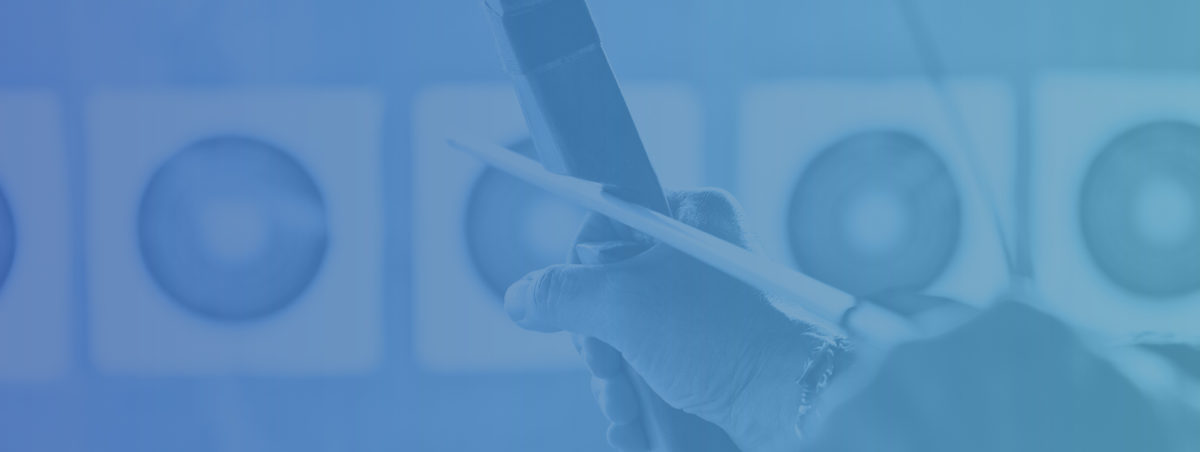When creating a business or rethinking a company's marketing actions, it is necessary to go through the definition of the target audience. However, in recent years, brands have been trying a new technical modality to get to know the customer better, the creation of a persona. Check out our content today and better understand the difference between target audience and persona and how both can be advantageous for your company.
The target audience is used to define the consumer's socioeconomic status in order to start a marketing campaign. In this way, it brings very broad information such as gender, age, marital status, education, purchasing habits, in addition to the profession and region of the country where you live.
See too: Digital Marketing: trends your brand should pay attention to in 2020
More complex: persona brings information beyond the target audience
With digital networks and the high volume of data that companies can work with, the persona emerged, which is a more complex structure in relation to the target audience, since it is the profile of the ideal customer. Thus, in addition to what is already addressed by the target audience, in the persona it is possible to find: fictitious name, brief story about the persona's daily life, lifestyle, favorite social networks, as well as personal values, hobbies, doubts and ambitions. See this comparison, in topics, between target audience and persona.
Target Audience
- marital status;
- training;
- gender;
- buying habits;
- age;
- profession; It is
- region of the country.
Persona
- a fictitious name, to facilitate the connection;
- a brief story about the persona's daily life;
- profession;
- buying habits;
- Lifestyle;
- favorite social networks;
- hobbies;
- values;
- pain related to your product;
- doubts;
- ambitions.
Now that you know more about the difference between target audience and persona, check out this practical example of persona
Marcia is 37 years old, earns between R$ 10,000 and R$ 20,000 and works as an HR manager at a medium-sized technology company in São Paulo. In his daily life, he faces the difficulties of a lot of work for a team of only 1 employee and 1 intern. She is married, has a young son who has just started school, and her favorite social networks are Facebook and Instagram for her social life, and LinkedIn for recruiting professionals and keeping up with industry news. He likes to travel with his family and go to concerts on the weekends.
See too: Learn why it is important to invest in a Digital Marketing strategy, such as SEO
See what benefits and when to use the persona
- Better language;
- Which social networks to invest in ads;
- What issues to address;
- Optimal content formats;
- Key words;
- Which media to invest in;
- Upsell and cross sell opportunities;
- Best times to offer a product;
- Style and periodicity of email marketing.
Thus, by creating a closer connection with the customer, the brand better understands their needs and is thus able to adopt a specific language to communicate with them, understand which social networks are worth investing in ads, choose the best time to offer a new product , as well as email marketing style and periodicity.
With this, your company's marketing becomes more sophisticated and customers are much more satisfied for having a brand that understands them and does what is necessary to meet their respective demands. Ready to put what you just learned about target audience and persona into practice in your company?













